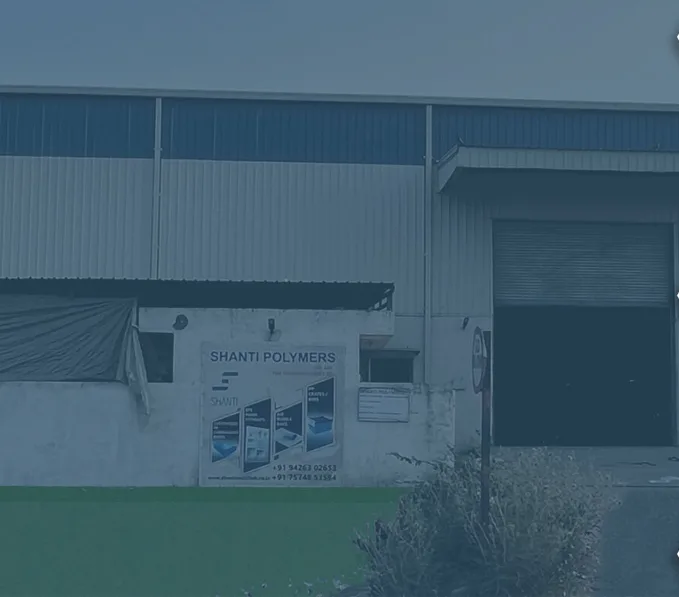

How PP Corrugated Boxes are Manufactured
Today, PP corrugated boxes dominate the packaging industry thanks to their outstanding attributes like lightweight construction, durability, and versatility. Their applications even extend to other aspects of logistics such as shipping, storage, and even the display of products. But how are these PP corrugated boxes made? And how do they get their distinct properties? In this blog, you will learn about the manufacturing process of PP corrugated boxes.
Material Preparation
The raw material used in the manufacturing process of PP corrugated boxes is Polypropylene (PP), hence the name. The production begins by gathering PP sheets that are available in varied thicknesses and sizes. Additional materials required include corrugated moulds, necessary cutting tools, and adhesives.
Corrugation Process
For the corrugation process, PP sheets are processed through a corrugation machine. The machine itself consists of a set of heated rollers that give the PP sheets their distinctive wavy pattern. Corrugation is not a random process; it is responsible for imparting strength and flexibility to the PP sheets, augmenting their overall structural integrity. Next, the corrugated sheets are cooled down before they undergo further processing.
Printing
This particular step mainly has to do with the customization of PP corrugated boxes for marketing purposes. The corrugated sheets are treated through a printing machine that applies vibrant colours and designs, meeting the specification needs of the brands.
Die Cutting
Die cutting is one of the most important steps in the manufacturing process of PP corrugated boxes. The printed sheets are moved to the die-cutting machine that uses sharp blades to precisely cut the sheets into preferred shapes and sizes. Die cutting ensures that each processed sheet is moulded to the required design specifications, including slots and perforations when necessary.
Box Formation
This step is where PP corrugated boxes acquire their signature shape as the individual PP sheets are assembled into a single cubical unit. The corrugated sheets are folded along pre-scored lines, and an industrial adhesive is applied to the flaps. A strong and durable bonding agent is used to keep the boxes intact for their primary purposes i.e. transportation and handling.
Box Sealing
The next step in PP corrugated box manufacturing process is the sealing process. Typically, the heat sealing method is employed which involves melting the PP material at specific points to create a secure bond. In addition, adhesive tapes or mechanical fasteners can act as auxiliary agents to enhance the strength and security of the boxes.
Quality Control
Before being distributed, the manufactured PP corrugated boxes have to complete a quality control check. The boxes are thoroughly inspected for their dimensions, structural integrity, and overall appearance to ensure that they meet benchmark standards. Units with defects and/or inconsistencies are identified at this stage and rectified to deliver a high-quality final product.
Packaging and Distribution
The manufacturing process of PP corrugated boxes concludes with their packaging and distribution. Following the successful quality control check, the units are stacked and palletized for easy handling and transportation. The PP corrugated boxes are then dispatched to customers or warehousing facilities, depending on their end users.
To Sum It Up
The manufacturing process of PP corrugated boxes involves a series of intricate steps, each involving a distinct production technique. However, all of the above steps are crucial in ensuring units that offer durable and versatile packaging solutions. Shanti Polymers emerges as a reliable PP corrugated box manufacturer, ensuring high-quality products that meet the diverse needs of industries worldwide.
